-
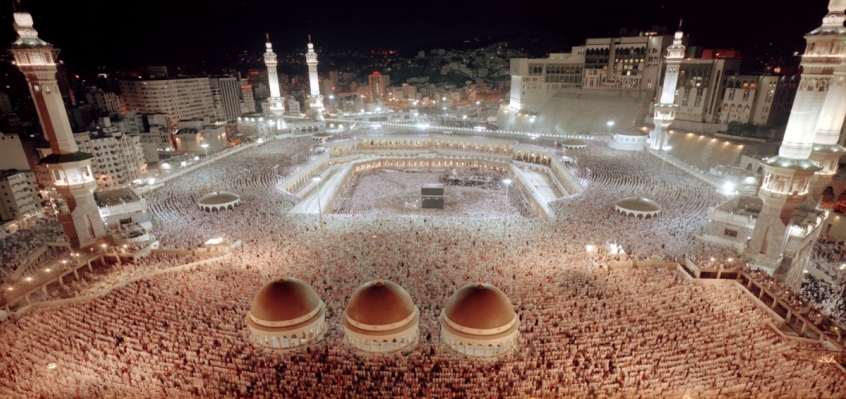
Every year millions of Muslims travel to Mecca for the Hajj G.M Farooq Every year about 2 million Muslims travel to Al-Masjid Al-Haram, Islam's most sacred mosque, in Mecca, Saudi Arabia, where they perform a number of spiritual rites, in a process known as the Hajj.
- Performing the Hajj, is one of the five pillars of Islam, and all able-bodied Muslims should go at least once in their lives if they can afford it. Umrah, which is known as the 'lesser pilgrimage', is a journey to Mecca (Makkah) at any time in the year.
- The pilgrimage lasts for six days. It occurs during Dhu Al-Hijjah, the 12th month in the Muslim calendar. This year, the Hajj is expected to fall on October 1-6, but it is difficult to know in advance as it is based on lunar cycles.
- Mecca is thought to be the place where Ishmael and his mother Hagar were provided with a spring of water in the desert. As it is the most sacred place in Islam, non-Muslims are forbidden from entering.
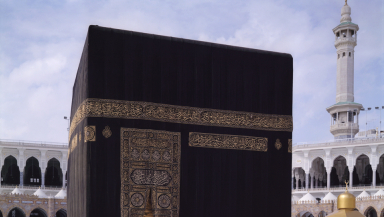
The Kaaba is Islam's most sacred site G.M Farooq - The Kaaba, or 'the cube', is a black, box-shaped building at the centre of the mosque. It is built around a black stone, which many pilgrims try to kiss. Muslims believe the Kaaba was originally built by Abraham and Ishmael, but the site was re-dedicated by Muhammad and has been reconstructed since. When Muslims pray, wherever they are, they turn towards the Kaaba, and during the Hajj pilgrims walk anti-clockwise round it seven times.
- There are a number of other ritual acts during the Hajj, including 'the stoning of the devil'. Pilgrims travel to Mina, a small village about 5km from Mecca where throw pebbles at stone pillars which represent the devil.
- Both men and women dress in white during Hajj – a symbol of the state of purity they are entering. Changing their clothes is part of the process known as 'assuming Ihram', a sacred state that pilgrims adopt at the beginning of the Hajj. Pilgrims also refrain from wearing perfumes, men must not wear any sewn garments and women do not cover their faces.
- Pilgrims drink the water of the Zamzam well, located 20m east of the Kaaba, as it is thought to have special properties. The water is believed to come from the same source as the spring which provided water for Ishmael.
- The Eid Al-Adha is a feast marking the end of the pilgrimage. It is known as the feast of sacrifice, in remembrance of Abraham's willingness to sacrifice Ishmael, as the story is recorded in Islamic tradition.
- Many pilgrims stay in the thousands of white tents set up in the valley of Mina. Many suffer heat exhaustion in the 30-40˚C heat.
-

Evangelical vicar accused of abuse won't stand trial
-

Christians protest LGBT nativity play where Jesus is 'King of the Gays'
-

Sarah Mullally reiterates apology as safeguarding record comes under the spotlight
-

The origins of ‘traditional’ Christmas celebrations
-

Pro-life campaigner who silently prayed in abortion clinic buffer zone criminally charged
-

The mystery of the Wise Men
Most Popular
related articles
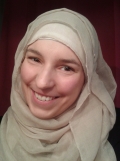
'I used to be a Christian... but converted to Islam'
'I used to be a Christian... but converted to Islam'
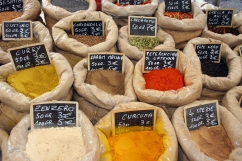
Hummus, world peace and the kingdom of God
Hummus, world peace and the kingdom of God
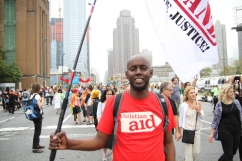
Atheists, Baptists and Baha'i come together to tackle climate change
Atheists, Baptists and Baha'i come together to tackle climate change
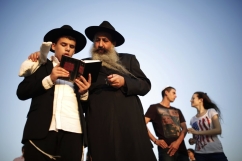
8 things every Christian should know about Rosh Hashanah
8 things every Christian should know about Rosh Hashanah
Not in my name: How Muslims are responding to ISIS
Not in my name: How Muslims are responding to ISIS
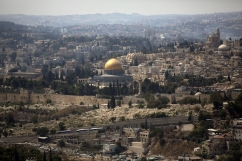
Jerusalem: Chief Rabbis urge boycott of prayer vigil organised by US evangelicals
Jerusalem: Chief Rabbis urge boycott of prayer vigil organised by US evangelicals
News
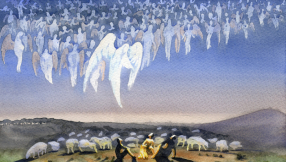
The first Christmas song to be sung in churches
Every Christmas, people sing the song “While Shepherds Watched Their Flocks by Night”. Unlike many other songs and carols that include elements of non-biblical tradition and myth, this song is pure Scripture. It was the first Christmas song authorised to be sung in the Church of England. This is the story …
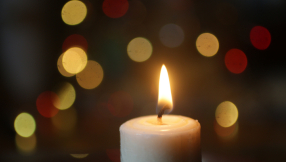
The story of the Christmas Truce of 1914
On Christmas Eve in 1914, many men were in the trenches fighting the war, but the spirit of Christmas halted the conflict for a brief period. This is the story …
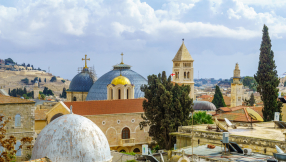
Report highlights injustices experienced by Christians in the Holy Land
Jerusalem Church leaders have released a report detailing the struggles and challenges currently faced be Christians living in the Holy Land.

Have you lost the wonder of Christmas?
For you who have been followers of Jesus Christ for a long time, maybe the pain and suffering of this world and the darkness you have had to live through this past year has gotten you down to the point of complete and utter discouragement. But all is not lost.



